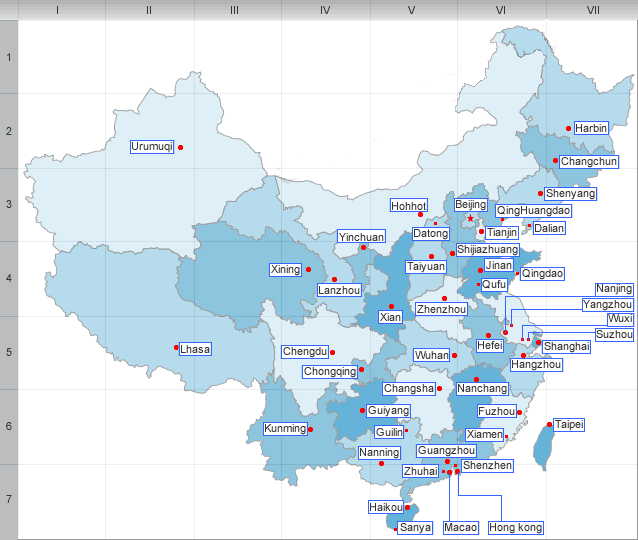Culture of Shanghai
Culture
Language
The vernacular language is Shanghainese, a dialect of Wu Chinese; while the official language is Standard Mandarin. The local dialect is mutually unintelligible with Mandarin, and is an inseparable part of the Shanghainese identity. The Shanghainese dialect today is a mixture of standard Wu Chinese as spoken in Suzhou, with the dialects of Ningbo and other nearby regions whose peoples have migrated to Shanghai in large numbers since the 20th Century.
Nearly all Shanghainese under the age of 40 can speak Mandarin fluently. Fluency in foreign languages is unevenly distributed. Most senior residents, who received a university education before the revolution, and those who worked in foreign enterprises, can speak English. Those under the age of 26 have had contact with English since primary school, as English is taught as a mandatory course starting at Grade 1.
Art
Songjiang School (凇江派)and Huating School(华亭派)
Songjiang School is a small painting school during the Ming Dynasty. It is commonly considered as a further development of the Wu School, or Wumen School, in the then cultural center of the region, Suzhou. Huating School was another important art school during the middle to late Ming Dynasty. Its main achievements were in traditional Chinese painting, calligraphy and poetry, and especially famous for its Renwen painting(人文画).
Shanghai School(海上画派或海派)
The Shanghai School is a very important Chinese school of traditional arts during the Qing Dynasty and the whole of the twentieth century. Under efforts of masters from this school, traditional Chinese art reached another climax and continued to the present in forms of the "Chinese painting" or "guohua"for short. The Shanghai School challenged and broke the literati tradition of Chinese art, while also paying technical homage to the ancient masters and improving on existing traditional techniques. Members of this school were themselves educated literati who had come to question their very status and the purpose of art, and had anticipated the impending modernization of Chinese society. In an era of rapid social change, works from the Shanghai School were widely innovative and diverse, and often contained thoughtful yet subtle social commentary.
Fashion
Other Shanghainese cultural artifacts include the cheongsam, a modernization of the traditional Chinese/Manchurian qipao garment which first appeared in the 1910s in Shanghai. The cheongsam dress was slender with high cut sides, and tight fitting. This contrasts sharply with the traditional qipao which was designed to conceal the figure and be worn regardless of age. The cheongsam went along well with the western overcoat and the scarf, and portrayed a unique East Asian modernity, epitomizing the Shanghainese population in general. As Western fashions changed, the basic cheongsam design changed, too, introducing high-necked sleeveless dresses, bell-like sleeves and, the black lace frothing at the hem of a ball gown. By the 1940s, cheongsams came in transparent black, beaded bodices, matching capes and even velvet. And later, checked fabrics became also quite common. When the People’s Republic of China was founded in 1949, it ended the cheongsam and other fashions in Shanghai. However, the Shanghainese styles have seen a recent revival as stylish party dresses. The fashion industry has been rapidly revitalizing in the past decade, there is on average one fashion show per day in Shanghai today. Like Shanghai’s architecture, local fashion designers strive to create a fusion of western and traditional designs, often with innovative if not controversial results.
Famous buildings
The tallest structure in China, the distinctive Oriental Pearl Tower, is located in Shanghai. Its lower sphere is now available for living quarters, starting at very high prices. The Jin Mao tower located nearby is mainland China’s tallest skyscraper, and ranks fifth in the world.
I
| PREV:Economy of Shanghai | Next:Geography and climate of Chongqing |



